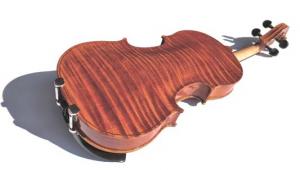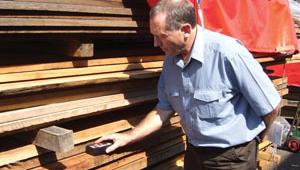Woodworker’s encyclopaedia – part 33

Saddle joint
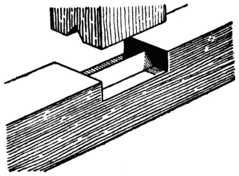
This is an interesting joint, which is used to securely fix a vertical timber – say a studding, to a horizontal one. The horizontal notched joint has a raised 'V' section in the middle onto which the vertical piece is fitted.
S.h.n.d
An abbreviation for 'shot hole no defect'; it simply means, like phnd - pin hole no defect - that larger worm hole damage is acceptable in the stock.
Sanders & sandpaper


There are large and small sanders but we generally apply this name to the hand-held ones. These might be single hand 'palm' sanders, two-handed orbitals or larger belt sanders. If your budget can stretch to it, a belt sander this will be useful for 'balling off' large amounts and a smaller orbital for finishing off. All will be fitted with 'sandpaper', abrasive discs, lengths or belts. Hook-and-loop back discs are now common and quick to change. I’d go for some with holes in so that the dust can be sucked away. The grade of sandpaper you use will depend on the finish you require. Fine will be 240 or 180 grit, medium 120 or 100, and coarse anything 80 and under.
Sap & sapwood
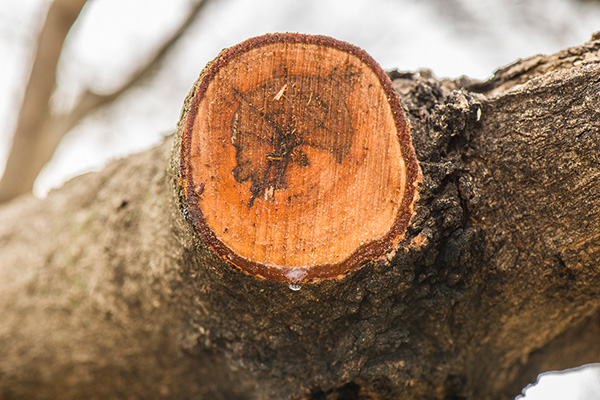
Sap is the stuff of life for trees, and is basically water containing minerals and nutrients from which the tree grows. Sap flows up what we call 'sapwood' – the living cells contained in the outer layers of the tree trunk. The sapwood acts as a conduit and storage facility for this food material, which is vital to the tree. Sapwood tends to be softer and less durable that the heartwood. The latter acts as the main structural element of the tree. Often, but not always, there's a discernible difference in colour between sap and heartwood.
Sash & sash window
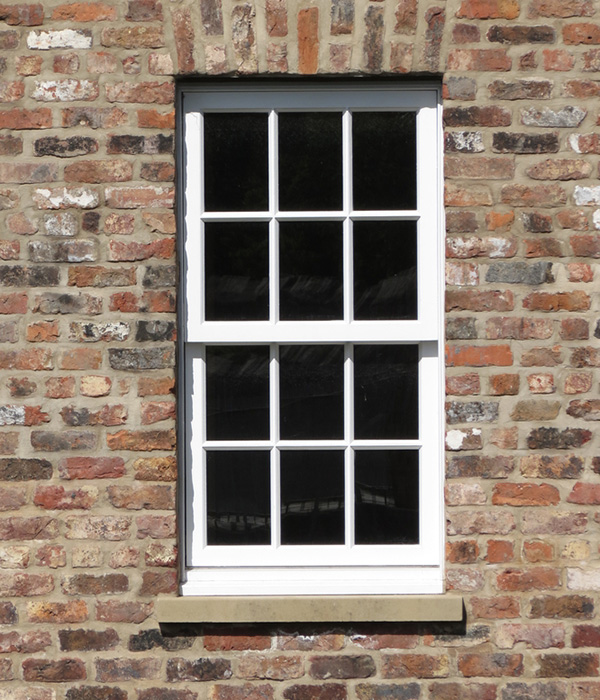
The definition of 'sash' is a separate, glazed frame, normally in a window that can slide, be hinged, pivoted or fixed. Within a 'sash window', the sash is two vertically sliding, glazed frames, the upper and lower sashes. I think sash windows are great and a lovely feature on older houses. They were difficult to double glaze but specialist companies now make a goodly range.
Sash door
These are doors with the upper part being glazed.
Saws

Where do you start, steel blade, disc or band with cutting teeth that enable you to cut wood in a multitude of directions? This cutting tool can be man-powered, driven by engine, water, tractor or electricity. Some are large, some small. The size and shape of the teeth will determine how they cut. As a general rule, the larger the teeth the quicker and rougher the cut. Smaller ones should produce a finer cut. These teeth can be spring set, hardened or tipped. Some hand saws will be designed to cut on the pull, others on the push. You pays your money and you takes your choice!
Saw arbor

An arbor is the shaft onto which a circular saw is fitted. These may be driven directly from the motor or remotely via pulley or gear systems. They may be fixed or have the ability to cant – i.e. tilt. Some will have sleeves so that the blade or blades can be moved along the arbor into different positions. However, there's one critical factor which shouldn't be ignored: the centre hole in the saw blade should match the diameter of the arbor, and the blade should be able to slide on with little movement. If you fit a blade with a larger centre hole in comparison to the arbor, the blade will most probably 'oscillate'. Depending on the amount of oscillation, this could be dangerous.
Saw bench
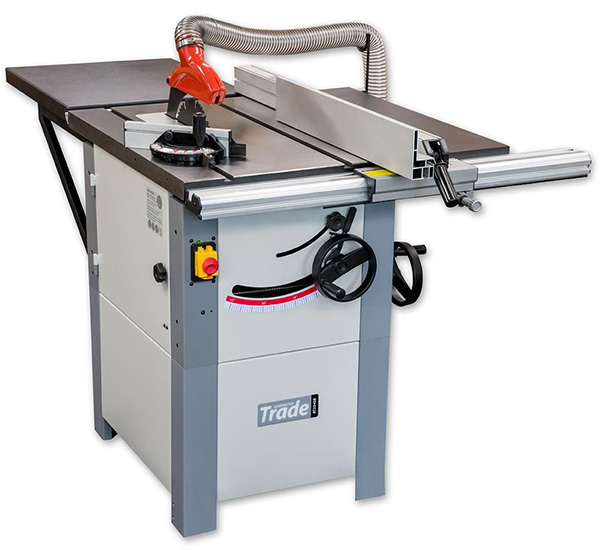
This is a general phrase used to describe the flat table into which a circular saw is fitted. Saw benches come in various sizes and are made from different materials. For general ripping work, a cast-iron frame will give you the greatest stability. If you couple this with a tilting arbor, you’ll have an extremely versatile machine.
Saw chops

A slang name for the supporting mechanism that holds a hand saw firmly while it’s being sharpened. The simplest saw chops are made from a couple of pieces of wood the same length, or thereabouts, as the blade being sharpened. These are fitted into a vice with the blade in between, and away you go. Metal versions are available, but why bother?
Saw doctor
These are the people who 'doctor' a saw blade to make sure it cuts efficiently. This not only involves the act of sharpening and setting but also tensioning the blade to make sure it cuts true. We’ve all probably used a saw that wanders off to one side as we try to cut a straight line! This may be due to the set of the saw teeth being unevenly balanced, or the steel in the blade isn't tensioned correctly and pulls to one side. Saw doctoring is a bit of a dying art. When the UK was in full production converting logs from home and away, you’d find a least one of these in each establishment. Now they work with suppliers and it’s often difficult to find one.
Saw guards

Any powered saw will have a guard system that protects your hands, etc. and stops you coming into contact with the blade. If you do then the blades will have no mercy! The key point here is to use and set up your guards as recommended by the supplier and NEVER take them off.
Saw guides

We generally talk about bandsaw guide systems when referring to the smaller machines. Because these smaller machines have narrower blades, they can flex sideways and backwards. The guide system fitted to your machine will be above the saw table and below it. Each of these units will provide the support needed to keep the blade cutting true. Most modern guide systems will use roller bearings against which the blade just runs. When setting up, the guides should initially be pulled back from the blade. The blade is then mounted on the machine and tensioned. Now the guides can be brought up to the blade on all three sides, top and bottom, with a little clearance. If set correctly, you should now be ready to cut. Apart from roller bearing, you might find wood blocks or hard plastic blocks.
Saw kerf, set & teeth
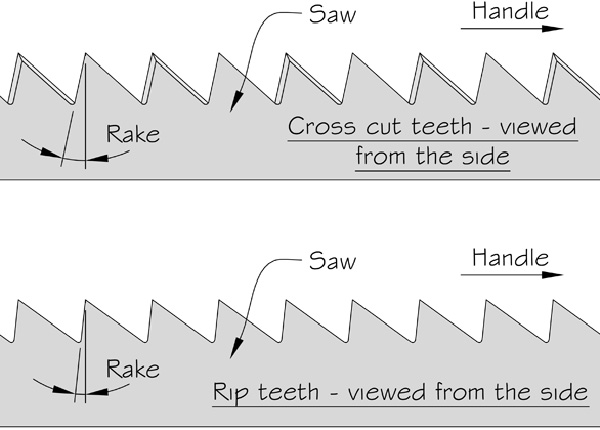
The world of saw tooth design and geometry is expansive. For every one type of tooth, there'll be a mass of others that might, just, be more efficient or create a different result. There are a few key points to remember: saw teeth will be designed to cut and remove waste. A 'spring set' saw blade will have simple, sharpened teeth that are sprung one to one side and the next to the other in sequence. The 'set' is made using a hand-held tool. The set is put on the blade so that the cut made is wider than the saw blade, which provides it with clearance to carry out the cut. The overall width of the blade, including the set teeth, is called the 'kerf'. The combined shape, set and kerf of the saw teeth on a blade will determine how it cuts and the type of cut it makes. Another alternative to spring set teeth is to have them tipped. The tipping medium might be 'high speed steel' (HSS) or 'tungsten carbide tipped' (TCT). When your blades are tipped, each one will be sharpened and shaped to cut both sides of the blade, thus creating the required kerf.
Sawing horse

A pair of these in every workshop is essential! A saw horse is a four-legged support upon which we can cut, hold, stack or stand anything to do with timber – and other materials. You can buy preformed plastic ones, but why not make your own? If you design them cleverly, you’ll be able to stack yours so they take up less space. They can be made using gash stock rather than good stuff.
Sawmill

The primary end of the supply chain. This is where the logs and lumber get cut up into commercial sizes and possibly dried, treated and finished.
Sawn
This is basically any timber that has a sawn finish to it, rather than planed.
Sawn to size
If any timber, random or dimension stock, is sawn to specific sizes, it's 'sawn to size'.
NEXT INSTALMENT
Part 34 of this series can be found in the December 2021 issue of the magazine. Here, Peter Bishop ploughs further on into the Ss, culminating in a monologue on shakes
- Log in or register to post comments
